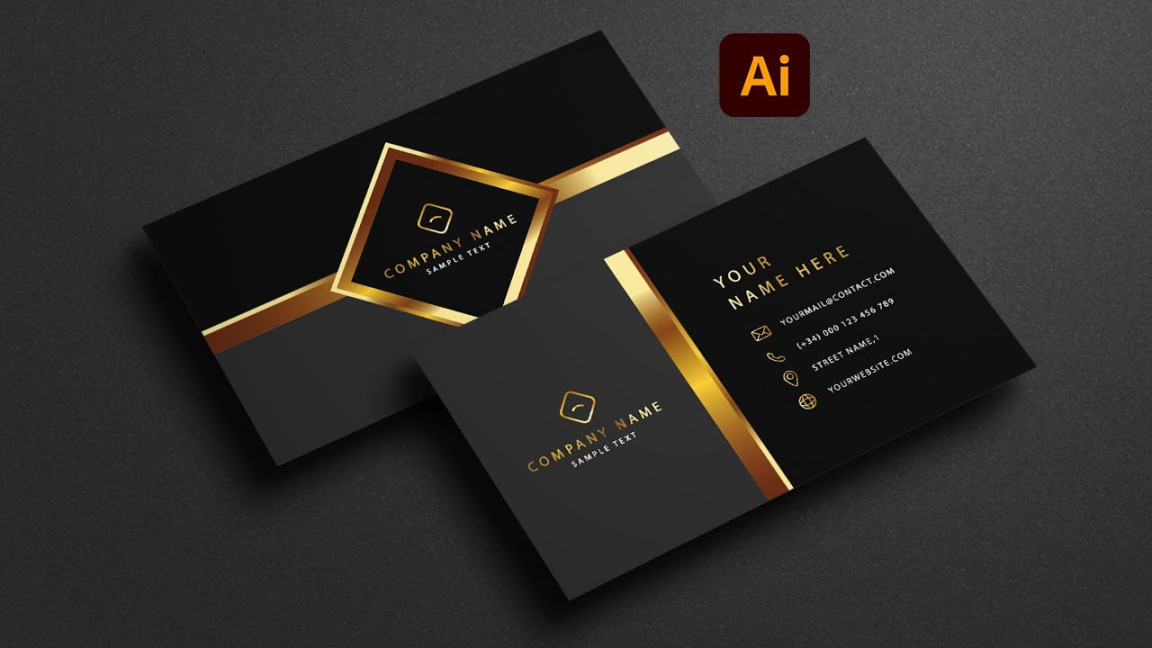Adobe Illustrator is a powerful vector graphics editor that offers a wide range of tools and features for creating professional business Card templates. With its precision and versatility, Illustrator allows you to design cards that are visually appealing, informative, and reflect your brand identity. This guide will walk you through the steps of creating a professional business card template in Adobe Illustrator, focusing on the design elements that convey professionalism and trust.
1. Define Your Brand Identity

Before you begin designing your business card template, it is essential to have a clear understanding of your brand identity. This includes your brand name, logo, tagline, color palette, and overall aesthetic. Your business card should be a consistent extension of your brand, reinforcing your message and values.
2. Choose the Right Size and Format
The standard size for business cards in the United States is 3.5 inches by 2 inches (88.9 mm by 50.8 mm). However, there are other sizes available, such as European standard (55 mm by 85 mm) or square cards. Consider your target audience and industry when selecting the appropriate size and format.
3. Create a Clean and Simple Layout
A clean and simple layout is key to a professional business card. Avoid clutter and excessive ornamentation. Use white space effectively to create a visually appealing and easy-to-read design.
4. Incorporate Your Logo Effectively
Your logo is a crucial element of your business card. Place it prominently, ensuring it is easily recognizable and legible. Consider the size and placement of your logo in relation to the other elements on the card.
5. Choose a Professional Font
The font you choose can significantly impact the overall look and feel of your business card. Opt for a professional and legible font that complements your brand identity. Avoid using too many different fonts, as this can create a cluttered and unprofessional appearance.
6. Use High-Quality Imagery
If you decide to include imagery on your business card, ensure it is high-quality and relevant to your brand. Avoid using low-resolution or blurry images, as this can detract from the overall professionalism of your card.
7. Include Essential Information
Your business card should include the following essential information:
Name: Your full name or professional title
8. Maintain Consistency
Consistency is crucial in branding. Ensure that the design of your business card aligns with your other marketing materials, such as your website, social media profiles, and stationery.
9. Proofread Carefully
Before finalizing your business card design, carefully proofread all text for errors. Typos and grammatical mistakes can undermine the professionalism of your card.
10. Consider Printing Options
The printing process can significantly impact the quality and appearance of your business cards. Explore different printing options, such as offset printing, digital printing, or letterpress, to find the best fit for your needs and budget.
By following these guidelines and paying attention to the design elements that convey professionalism and trust, you can create a business card that effectively represents your brand and makes a lasting impression on your target audience.